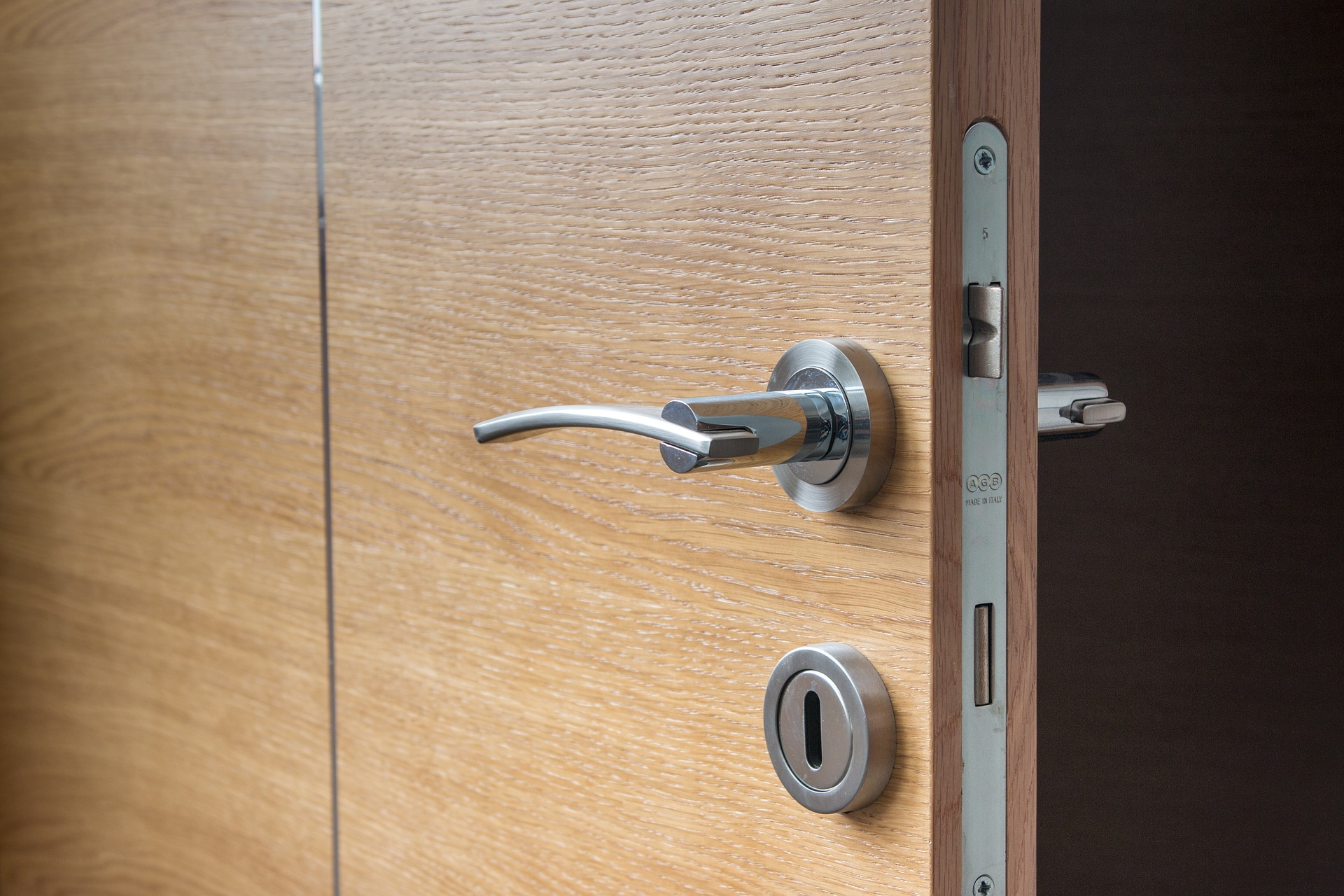
Welcome to our comprehensive guide on UPVC door handle maintenance. At Locking Locksmiths, we understand the importance of keeping your UPVC door handles in optimal condition to ensure the security and functionality of your doors. In this article, we will provide you with detailed instructions and expert tips on how to maintain and fix floppy or loose UPVC door handles. By following our step-by-step guide, you’ll be able to address this issue effectively and keep your UPVC doors in excellent shape.
Understanding the Problem: Floppy or Loose UPVC Door Handles
Floppy or loose UPVC door handles can be a common problem faced by homeowners. It can be frustrating and compromise the overall security and convenience of your doors. The issue usually arises due to normal wear and tear, prolonged usage, or incorrect installation. Fortunately, with some basic tools and a little bit of patience, you can resolve this problem without the need for professional assistance.
Tools Required
Before we delve into the process of fixing floppy or loose UPVC door handles, let’s gather the necessary tools:
- Screwdriver (typically a flat-head or Phillips-head, depending on the type of screws used)
- Allen key (if applicable)
- Lubricant spray (silicone-based lubricant works well)
- Masking tape or painter’s tape (optional)
Step-by-Step Guide to Fixing Floppy or Loose UPVC Door Handles
Step 1: Examine the Handle Components
Begin by closely inspecting the various components of your UPVC door handle. Identify any visible signs of damage, loose screws, or worn-out parts. This examination will help you understand the root cause of the floppy or loose handle.
Step 2: Remove the Handle Cover or Trim
In order to access the internal mechanisms of the UPVC door handle, you’ll need to remove the cover or trim. Most UPVC door handles have a removable cover that conceals the screws and other parts. Use a screwdriver or an appropriate tool to carefully detach the cover.
Step 3: Tighten the Screws
Once you’ve removed the cover, you’ll likely find one or more screws holding the handle in place. Use a screwdriver to tighten these screws, but be cautious not to overtighten, as it may cause damage. Check the handle’s movement after tightening the screws to see if the floppy or loose feeling has improved.
Step 4: Check the Spindle and Springs
Inspect the spindle and springs within the handle mechanism. These components play a crucial role in maintaining the proper functioning of the door handle. Ensure that the spindle is aligned correctly and not bent or damaged. Additionally, check the springs for any signs of wear or breakage. If any issues are detected, it may be necessary to replace the faulty parts.
Step 5: Lubricate the Moving Parts
To ensure smooth operation and minimize friction, it’s essential to lubricate the moving parts of the UPVC door handle. Apply a silicone-based lubricant spray to the spindle, springs, and any other relevant components. This will help reduce resistance and restore the handle’s functionality.
Step 6: Reassemble and Test
After completing the previous steps, reassemble the handle by placing the cover or trim back in its original position. Make sure all screws are securely tightened but not overtightened. Test the handle’s movement and check for any remaining floppy or loose sensations. If the problem persists, you may need to repeat the process or consider seeking professional assistance.
Additional Tips for UPVC Door Handle Maintenance
To keep your UPVC door handles in optimal condition and prevent future issues, consider the following maintenance tips:
- Regularly clean your door handles using a mild detergent and a soft cloth. Avoid using abrasive cleaners or harsh chemicals as they may damage the UPVC material.
- Inspect the door handle periodically for any signs of wear, damage, or loose screws. Addressing minor issues promptly can prevent more significant problems in the long run.
- Lubricate the moving parts of your UPVC door handle at least once a year. This will help maintain smooth operation and prolong the lifespan of the handle.
- Educate household members about gentle and proper handle usage. Avoid excessive force or rough handling, as it can contribute to premature wear and loosening.
continue reading
Related Posts
Lock Snapping, Secure Lock Cylinders Introduction Understanding Lock Snapping The […]
Night latches are an essential component of any residential or […]







